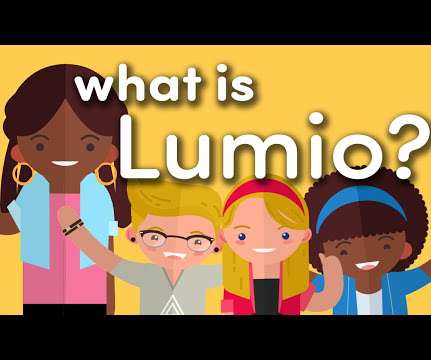Learning Styles: Fact or Fiction? What This Decades-Old Theory Can Teach Us
Waterford
OCTOBER 30, 2019
2] Whether the evidence points for or against learning styles, however, this theory can remind us that some students may need individualized instruction or resources to best help them learn. In this article, we’ll provide an overview of learning styles and a fair presentation of the research for and against the theory.























Let's personalize your content